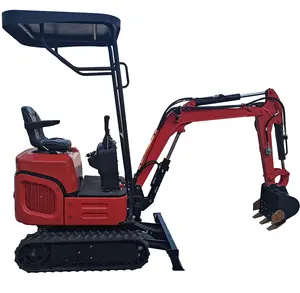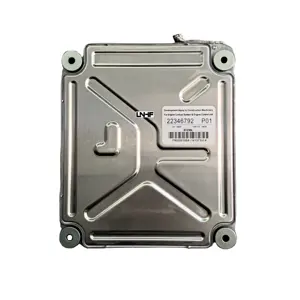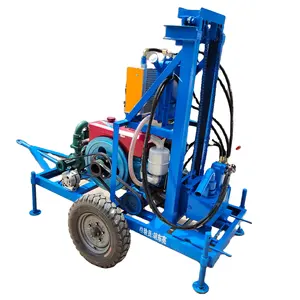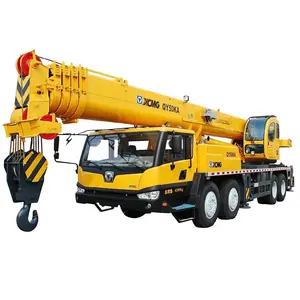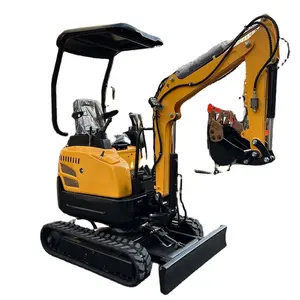Popular in your industry













































Related Searches:
















































































































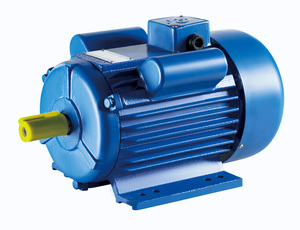



























Top categories
About electric motor vibrations
Electric vibratory motors are compact and versatile devices used to generate controlled vibrations in various industrial applications. These motors rely on their design to convert electrical power into mechanical vibration. The key components of an electric vibratory motor include an electromagnetic coil, a stator or housing, and an eccentric weight or rotor. The electromagnetic coil is energized when an alternating current is applied, creating a magnetic field within the motor. This magnetic field interacts with the rotor, which is intentionally unbalanced, causing it to rotate eccentrically. The eccentric rotation of the rotor generates vibrations that are transferred to the stator and, ultimately, to the equipment or structure the motor is mounted on.
Features of the Electric Vibratory Motors
Electric vibratory motors are distinguished by their ability to provide consistent and adjustable vibration levels. They can be tailored to suit specific application requirements by adjusting the input voltage, frequency, or the position of the eccentric weight. This versatility makes them suitable for a wide range of applications, from compact handheld devices to large industrial machinery. Electric vibratory motors are also known for their energy efficiency. They convert a high percentage of the electrical energy they consume into mechanical vibration, minimizing wasted power. Additionally, these motors are often designed for simple installation and maintenance, contributing to their widespread use across industries.
Advantages of the Electric Vibratory Motors
The significant advantage of vibratory motors is their ability to generate controlled vibrations, making them essential in various industrial processes. Electric vibratory motors are commonly used in the mining and construction sectors for tasks such as material handling, compacting, and sieving. In the food industry, these motors are employed in processes like conveying, sorting, and screening. Additionally, electric vibratory motors find applications in the pharmaceutical industry, where precise vibration is crucial for tasks such as tableting and filling. Furthermore, these motors are integral in the manufacturing of products like ceramics and plastics, where vibration aids in forming, molding, and finishing. The versatility of electric vibratory motors extends to the recycling industry, where they are utilized in tasks like separating materials and conveying recyclables. In the agricultural sector, vibratory motors are essential for tasks such as feeding, sorting, and processing crops. Moreover, these motors are used in the automotive industry for applications like compacting and feeding in assembly lines.
How to Install Electric Vibratory Motors
Installing electric vibratory motors requires adherence to specific guidelines to ensure optimal performance and safety. Prior to installation, it is crucial to verify that the motor is suitable for the intended application. The mounting surface should be sturdy and capable of withstanding the vibrational forces generated by the motor. It is recommended to consult the manufacturer's instructions for detailed mounting and installation requirements. Electric vibratory motors can be mounted in various orientations, depending on the application. In general, the motor should be securely fastened to the mounting surface to prevent any excessive movement during operation. Additionally, adequate clearance should be maintained around the motor to allow for proper ventilation and cooling.

